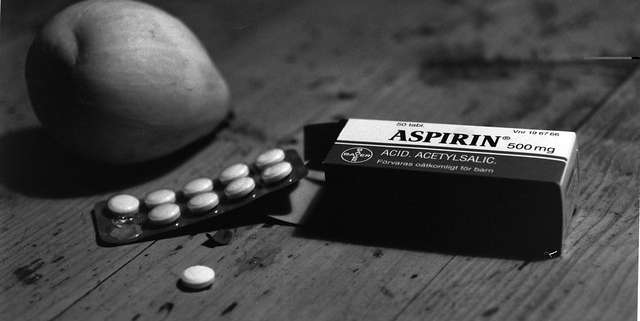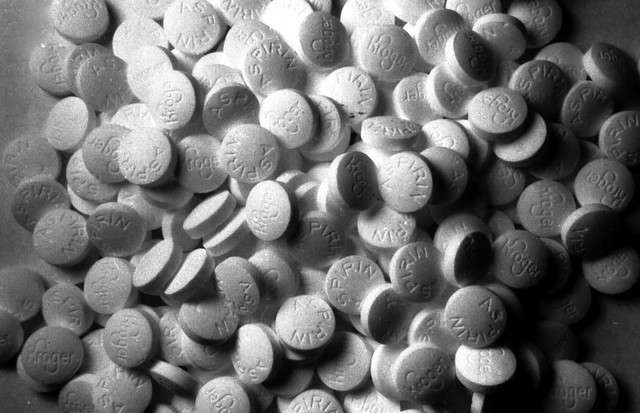
Concentration and purity are both important factors in the development of quality pharmaceutical products as well as common over the counter medications. Image Source: Flickr user Staffan Enbom
The kids are out of school for the summer, which for many parents—myself included—means longer days, later nights, and a louder environment overall. Whether from lack of sleep, too much sun, or too much fun, I found myself battling a raging headache by the end of last week. Stranded at the park with nothing but a cheap first aid kit in tote, I desperately tore open the tiny package of aspirin that was buried at the bottom.
Pain relief medications line drug store shelves, yet a formula that was developed over 100 years ago continues to lead the industry and be a mainstay in medicine cabinets and first aid kits in homes everywhere: aspirin. The drug of choice in my recent fight with a headache, it’s as effective as the alternative choices people turn to when in need of relief. The truth is that aspirin is used daily for pain relief, as well as to treat other ailments that plague individuals. That is why the need for quality aspirin products are still in high demand.




